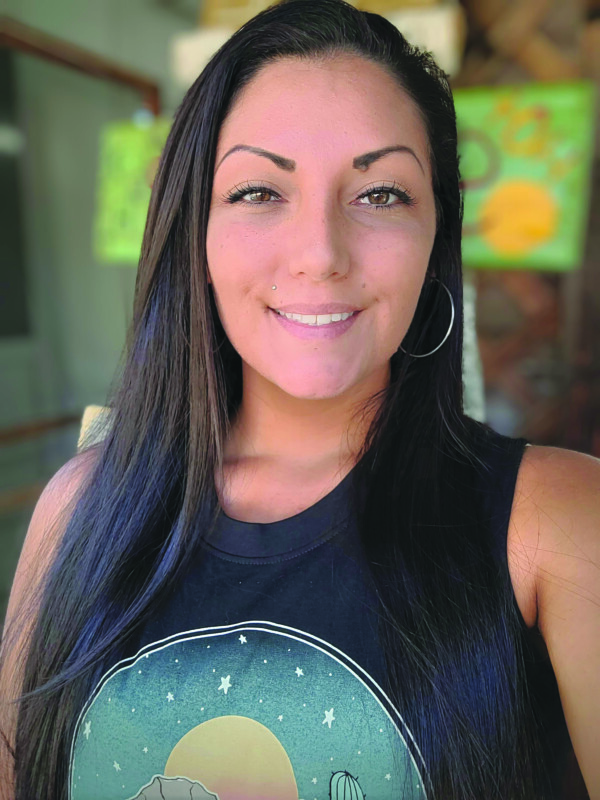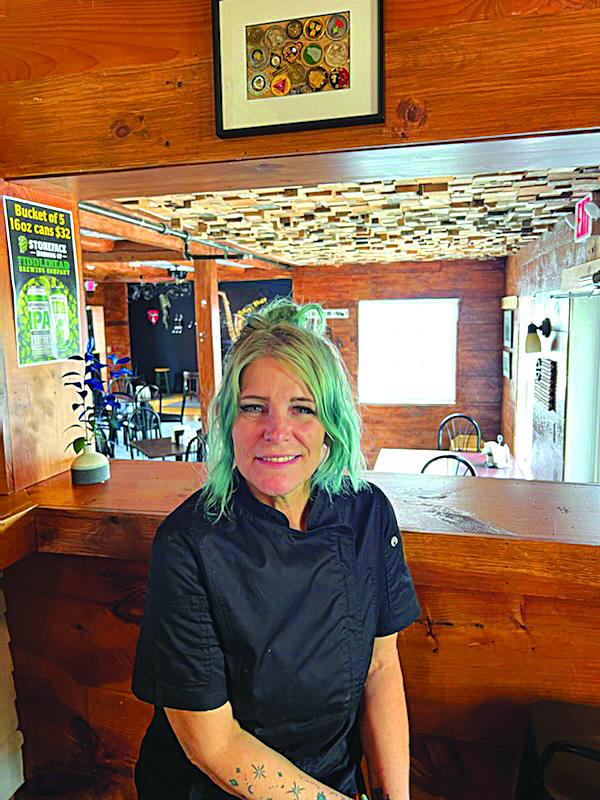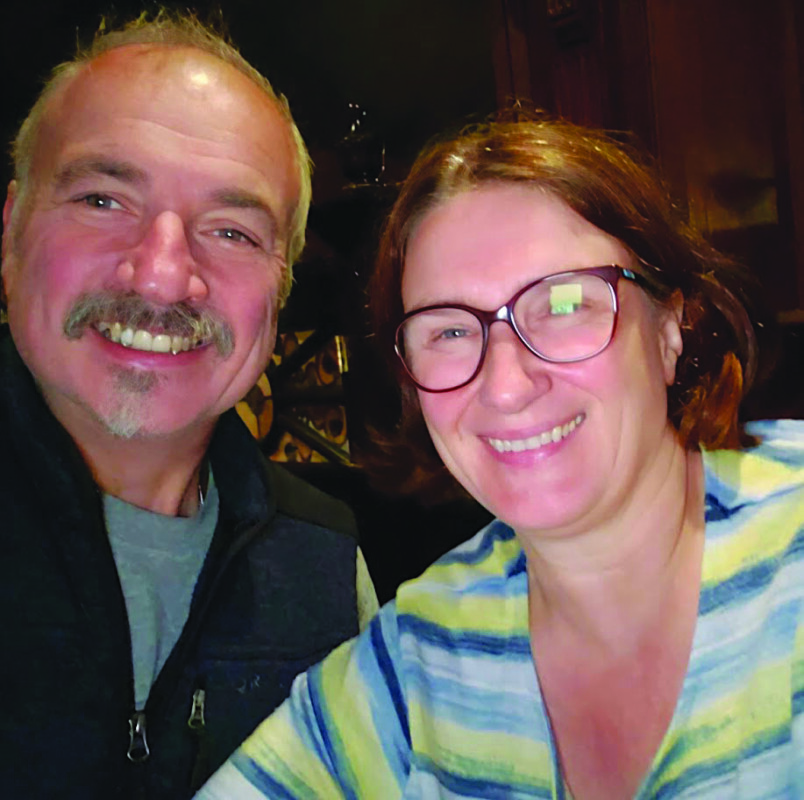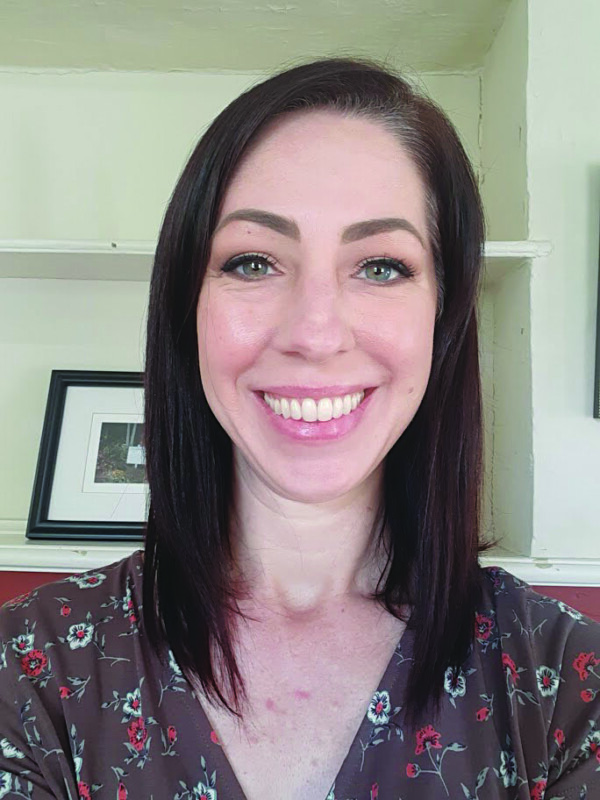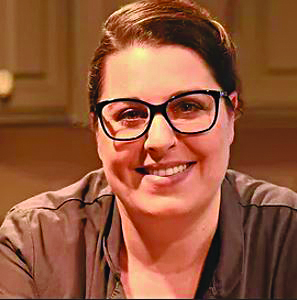Campground manager
Crystal Murray is the manager at Suncook River Family Camp Resort in Suncook.
Explain your job and what it entails.
The first thing I do each day is make a drive-through to check on all the guests, say good morning and see how everyone’s doing. Then, I check the mail, voicemails, emails and get set up for my day and make my to-do list of things I need to do and people I need to get back to. Then, I meet with my co-worker — sometimes we’ll even go out on the kayaks for our morning meeting — and we go over any pressing issues we have, and we’ll schedule our [campground] events and what we’re doing on the weekends.
How long have you had this job?
We opened this campground last year, in 2021. Before that, I worked at another campground, and before that, I used to work at Camping World.
What led you to this career field and your current job?
When I started working at Camping World, that’s what set off my interest in the outdoors and got me wanting to get into camping and canoeing and all that. Then, when I started working at actual campgrounds, that brought on a love for meeting people who are actually out camping, and I realized I definitely preferred being more involved and being part of the actual camping experience, as opposed to just being in sales.
What kind of education or training did you need?
I’ve learned a lot of skills along the way, [such as] people skills, interacting with people and understanding their needs and how to give them the best experience; and definitely time management skills and scheduling.
What is your typical at-work uniform or attire?
Most days, when it’s hot, and I’m in and out of the office, running around, checking on things, I’m wearing a T-shirt or tank top and shorts or a swim skirt.
How has your job changed over the course of the pandemic?
Since Covid, camping and RVing have really taken off. When we first opened, we were focused on how to accommodate guests with all of the Covid guidelines. This year, we’ve been trying to balance having more people and more activities and things for them to do.
What do you wish you’d known at the beginning of your career?
That it’s OK to set boundaries and have guidelines and structured rules. As friendly as I am, it definitely helps to have a backbone and to assert yourself to make sure everyone is safe and having a good time. All the rules we have in place are there for a reason, so it’s OK to make sure that everyone is following those rules and to not be a pushover.
What do you wish other people knew about your job?
I hope people know that it’s more than just a day job for me; it’s something I’m very involved in and very passionate about. My whole heart is in it. I could write a book on every guest we have here; our guests are like family, and the kids here are like my kids, whether they’re just staying for a week or staying for the whole season. It’s a very family-oriented energy and atmosphere we have here.
What was the first job you ever had?
Bed Bath & Beyond, folding towels in the linens department.
What’s the best piece of work-related advice you’ve ever received?
You can’t be everybody’s best friend.
Five favorites
Favorite book: Anything by Dolores Cannon.
Favorite movie: Interstellar
Favorite music: I really like Stevie Nicks.
Favorite food: Mexican
Favorite thing about NH: The people and the seasons.
Featured photo: Crystal Murray. Courtesy photo.

